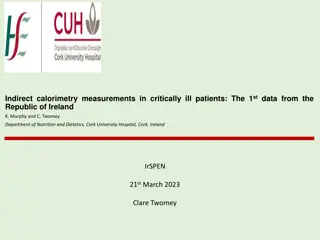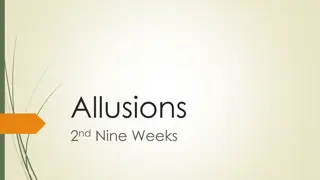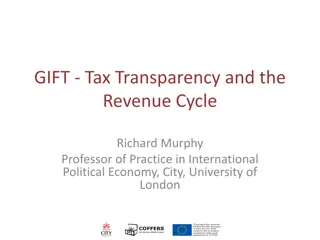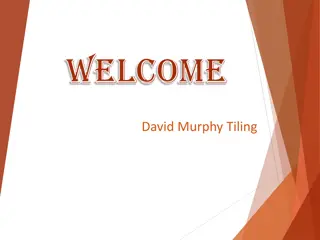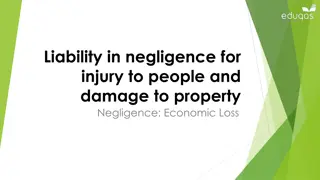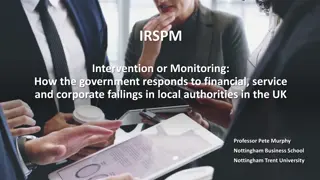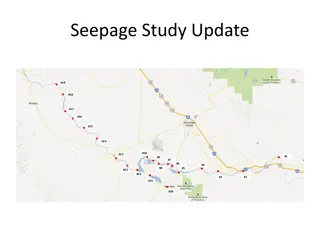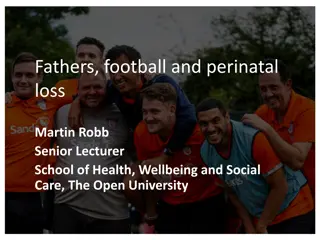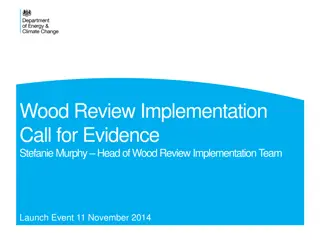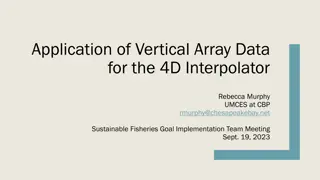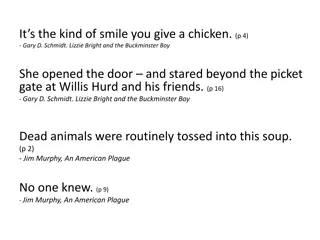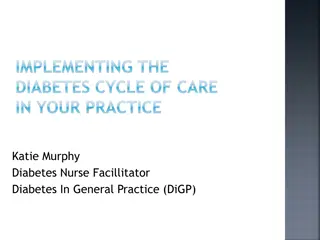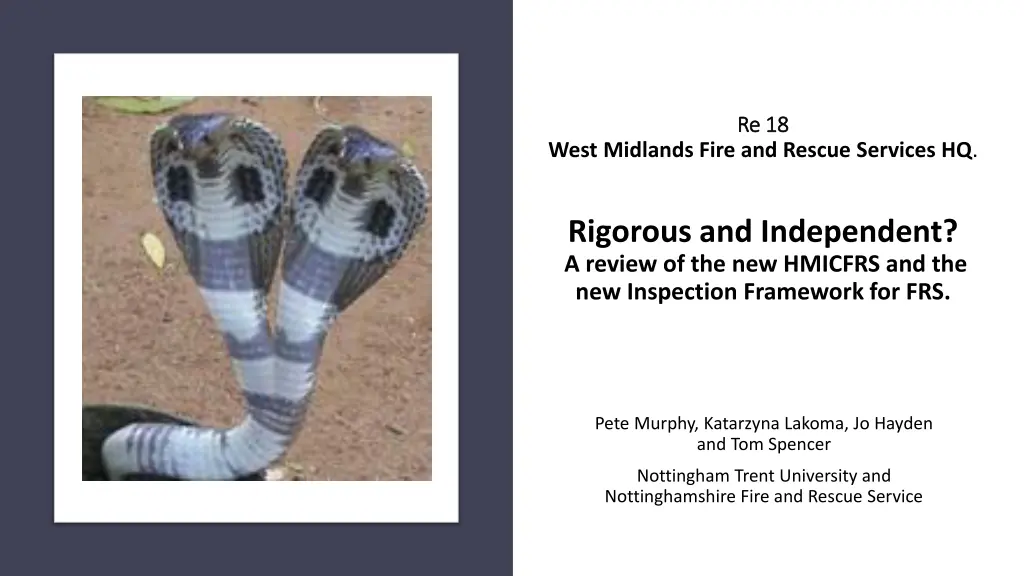
Improving Fire and Rescue Services Inspection Framework
"Explore the evolution of fire and rescue services inspection, including challenges and opportunities. Discusses the vital role of an independent inspectorate in safeguarding public safety and driving up standards. Learn how integration and collaboration can enhance blue light services. Discover the importance of providing independent assurance to the government, the public, and the services themselves for better service delivery and policy development."
Download Presentation

Please find below an Image/Link to download the presentation.
The content on the website is provided AS IS for your information and personal use only. It may not be sold, licensed, or shared on other websites without obtaining consent from the author. If you encounter any issues during the download, it is possible that the publisher has removed the file from their server.
You are allowed to download the files provided on this website for personal or commercial use, subject to the condition that they are used lawfully. All files are the property of their respective owners.
The content on the website is provided AS IS for your information and personal use only. It may not be sold, licensed, or shared on other websites without obtaining consent from the author.
E N D
Presentation Transcript
Re 18 Re 18 West Midlands Fire and Rescue Services HQ. Rigorous and Independent? A review of the new HMICFRS and the new Inspection Framework for FRS. Pete Murphy, Katarzyna Lakoma, Jo Hayden and Tom Spencer Nottingham Trent University and Nottinghamshire Fire and Rescue Service
Improving blue light services through integration and collaboration. Independent inspectorate in danger of becoming Home Office handmaiden. FIRE Plans to merge fire and police services have dodged proper scrutiny. Rising risks as assurance and support disappears. Strategic review offers unique opportunity. , FIRE Inside Government. FIRE Guardian 2011 2013 2015 2017 2018 2013 2014 2016 2018 2018 Support and intervention arrangements. Peer challenge needs an independent Fire Inspectorate. The consultation on blue light integration is deeply flawed. Role of fire and rescue authorities in ensuring public safety: Evaluation of Proposals for HMICFRS IRSPM FIRE, FIRE, FIRE, Public Policy Exchange. We have previous
Inspection of Policing Inspection of Policing Antecedents and development Antecedents and development 1856 County and Borough Police Act 1962 Royal Commission and 1964 Police Act 2003 Inspecting for Improvement and a close shave - the Criminal Justice Inspectorate (to be led by HMIC) 2012 Tom Winsor allows a phoenix to escape the bonfire of the quango s 2017 HMICFRS a two headed python?
Inspection of Fire and Rescue Services Antecedents and Development Riversdale and the 1938 Fire Brigades Act 1947 Fire Services Act and HM Fire Services Inspectorate 1999 HMFSI designated a best value inspectorate 2006 Amalgamation into the Audit Commission s remit 2010 Abolition of the Audit Commission and CAA terminated 2017 HMICFRS an a-PEEL-ing prospect ?
Provide independent assurance to the government the public, and the services themselves (Scotland) A fit for purpose or credible inspectorate Holds organisations to account Uses comparative information set in national and local context Drives up Standards and safeguards the services reputation Improves the delivery of services and the development of policy What does it do? Encourages innovation and shared learning Provides evidenced based judgements Public integrity not hitting the target and missing the point
Skills and credibility, are key to their success (Audit Commission) The inspectors They need knowledge and insight that exceeds service management Dangers of drawing from the same professional group as the inspected (secondments?) how credible are they? Are long term safeguards in place for independence Appointment of inspectors programme of work Professional and organisational development embedded?
Financial performance, resilience and the use of public resources Strategic and operational performance Delivery of national and local objectives A fit for purpose inspection regime Builds in local flexibility, triangulation of data and evidence Improvement innovation and systems contribution Is risk based and proportionate What does it investigate? Integrates with other regulatory processes to avoid waste and duplication Assess organisational culture and capacity
A robust independent inspectorate to ensure operational integrity as well as greater accountability and transparency Is this a broken promise or an empty promise?
Is it comprehensive i.e. does it cover all services and activities that are the responsibility of the Fire Authority? Does it cover all collaboratively provided services or activities (or feed in independent judgements) Is it based on a quality assured information and evidence base? Has it been properly tested? Is it co-owned by the whole sector? Has it been the subject of a proper consultation process? Robust? It has become clear that the whole system of regulation, covering what is written down and the way in which it is enacted in practice, is not fit for purpose (Judith Hackitt)
Independent? How independent? HMICFRS has its budget and financing determined by government rather than by parliament or an independent body Inspection programme has to be approved by Home Office Report directly to government rather than to parliament Home Secretary can specify thematic or individual inspections Chief Inspector reports go to Home Secretary first
No assessment of corporate governance or accountability structures The bodies responsible for assessing strategic risks; determining strategic priorities; establishing the budget and ultimately holding statutory responsibility for the safety of the public will not be routinely and regularly assessed. Operational Integrity. Greater Accountability A partial service inspection and Transparency? Not looking at outsourced services or activities. Not all but only collaborations with other blue- light services. Not assessing FRSs contribution to public health and social outcomes.
The approach is inadequate, sub-optimal, too narrow in scope and failed to take into account good practice and lessons learnt from existing and previous inspection regimes Conclusion
Any Questions? Contacts Pete Murphy peter.murphy@ntu.ac.uk




